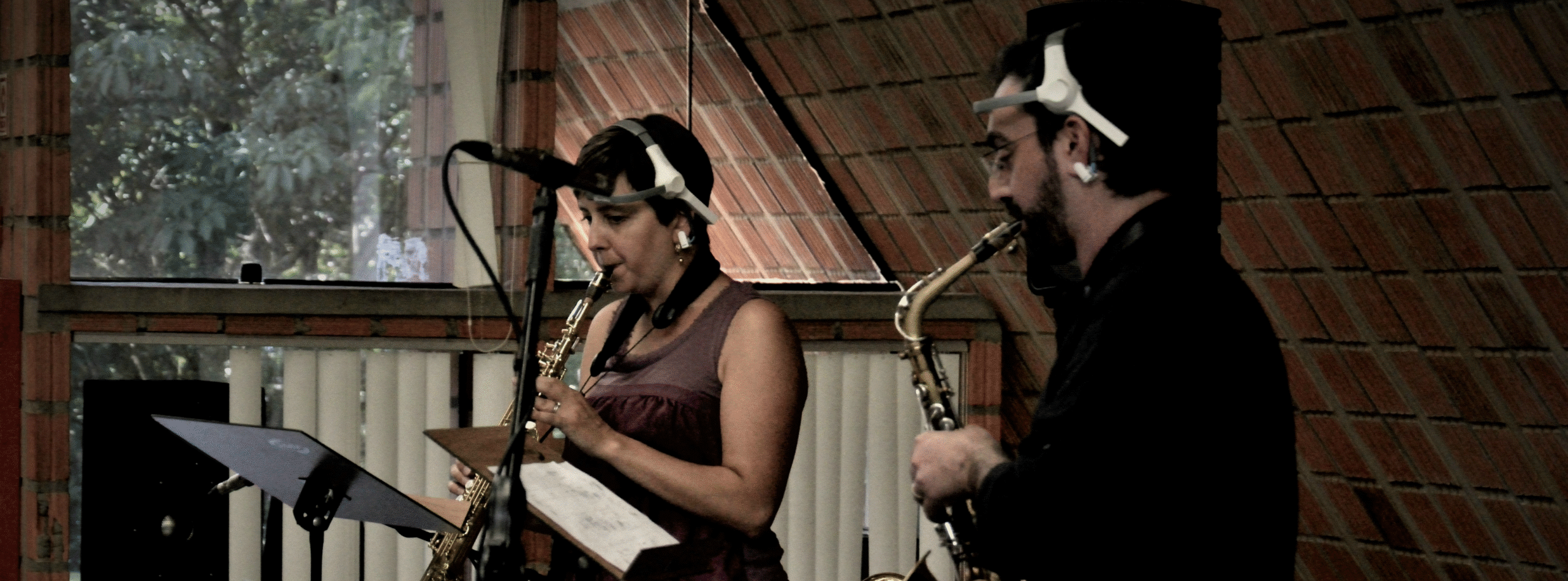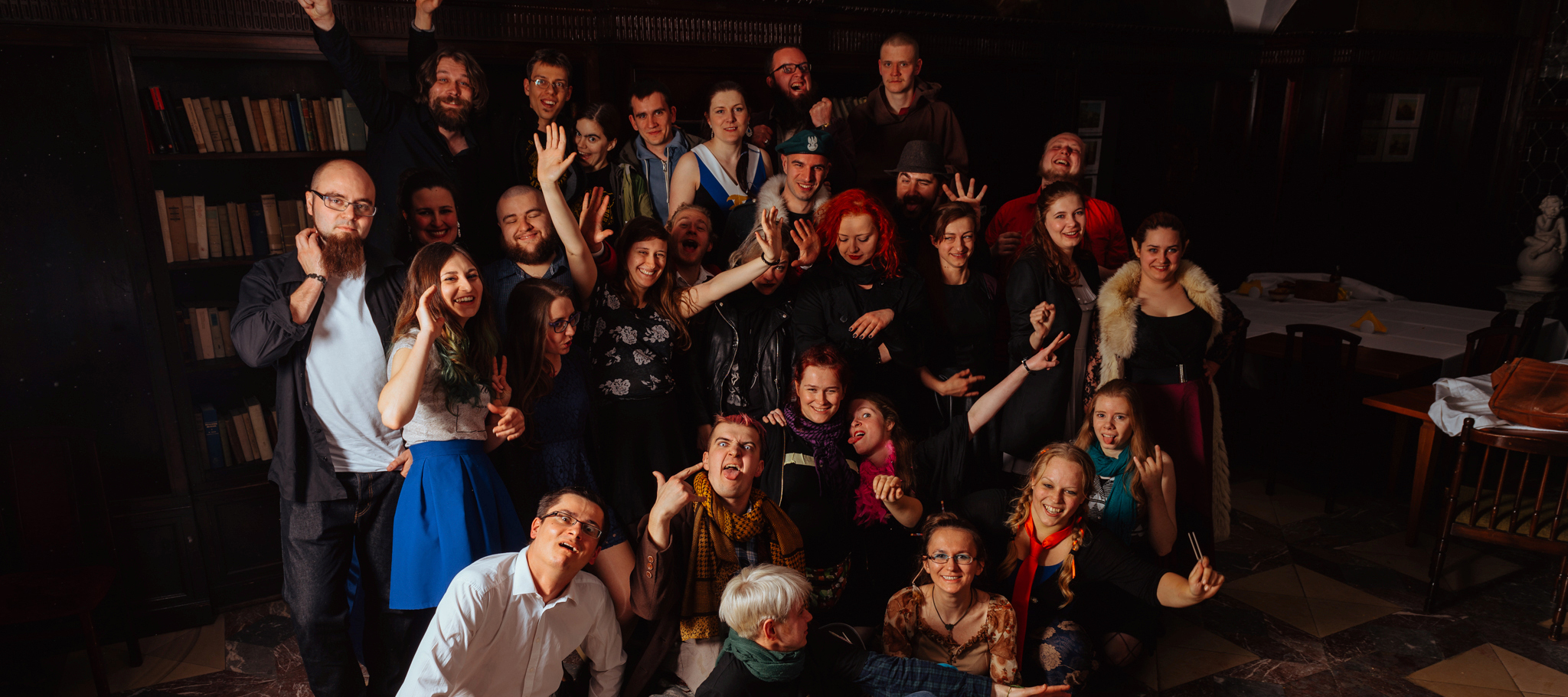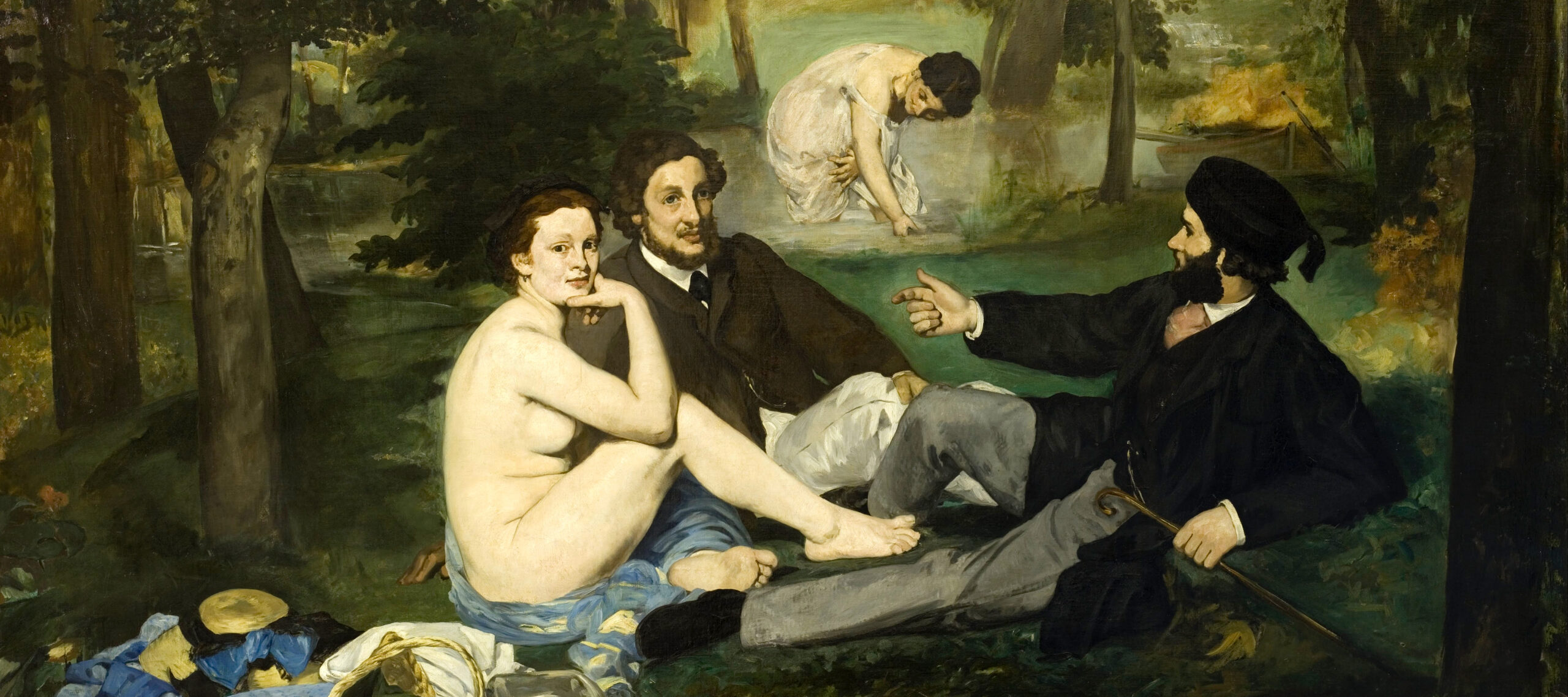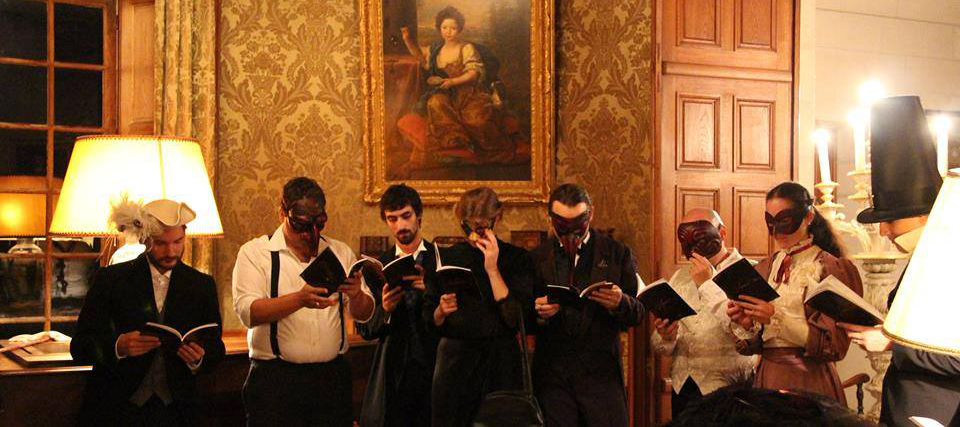Tag: Once Upon a Nordic Larp…
-

Three Roads (of Translation) Not Taken: Different Degrees of Openness of the Work (and of the Game)
in
Abstract From the Julio Plaza’s proposition that, based on the concept of open work of Umberto Eco, categorises the relationship author-work-reception in three degrees, and the division in cultural events in reception, interaction and participation, seen in the research of Kristoffer Haggren, Elge Larsson, Leo Nordwall and Gabriel Widing, this study plans to compare three
-

Keeping Volunteers Alive
in
Organising larps is a multi-disciplinary exercis. A large part of my larp work consists of managing large (25+) teams of people, most of them volunteers.
-

Ludo-narrative Dissonance and Harmony in Larps
in
Ludo-narrative dissonance seems like a pompous term but actually defines a simple concept that appears when gameplay and narration diverge or oppose.
-

Telling Character Stories
in
There are many ways to tell character stories. Nordic larp design often implies that characters are written by the larpwrights. That’s not always the case.
-

Reply to Martine Svanevik
in
Disclaimer: The opinions expressed herein are those of the authors and do not necessarily reflect the official policy or position of Nordiclarp.org or any larp community at large. This text is a reply to a response from Martine Svanevik to an earlier text by Charles Bo Nielsen. First thing I will address is the point
-

Response to Charles B. Nielsen
in
Disclaimer: The opinions expressed herein are those of the authors and do not necessarily reflect the official policy or position of Nordiclarp.org or any larp community at large. This text is a response to an earlier text by Charles Bo Nielsen. He has in turn written a reply to this text. I agree with many
-

Loyalty to Character
in
Ask not what you can do for your character, ask what your character can do for you? Charles Bo Nielsen looks at how we perceive and use characters in larp.
-

Character-based Design and Narrative Tools in the French Style Romanesque Larp
This text aims to present the romanesque style larp in relation to other similar larp styles in Europe & establish some tools that are use to create them.
-

YouTube and Larp
Mo Mo O’brien shares how she accidentally became a YouTube celebrity and offers some tips on how you can successfully create videos about larp.
-

Playing the Stories of Others
in
Larps that treat social issues often aim to create empathy for real people who live in circumstances different from ours by putting us in their shoes.